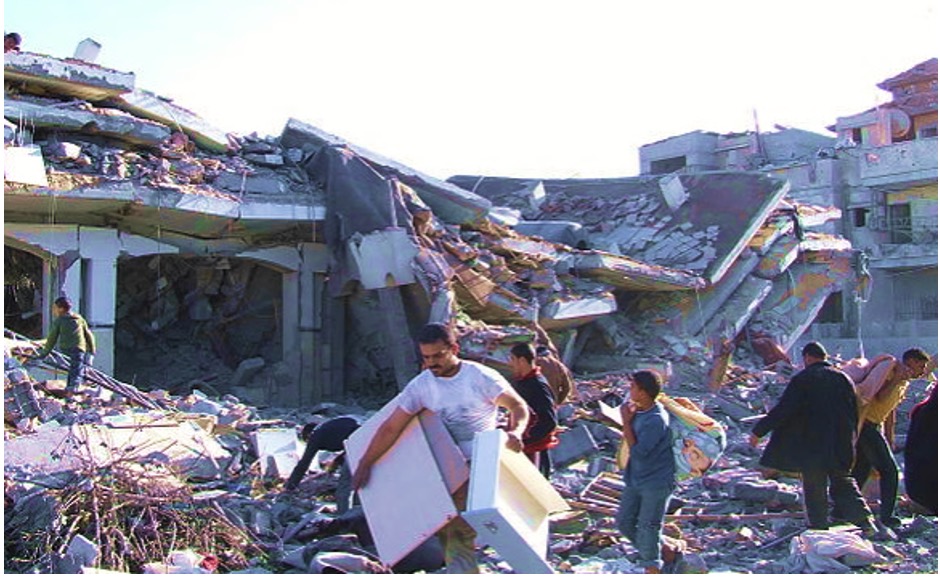CommentsPERSPECTIVE-You may have read the recent news about the City stepping up enforcement of homeless encampments within the Very High Fire Hazard Severity Zone (VHFHSZA).
This sounds great until you read the actual documents within the City Council File, including the original LA City Council motion from January, 2019. It was referred to the Public Safety Committee and put on the agenda for August 28. There were also additional documents stating how this "personal notice" is meant to work, along with Operational Guidelines.
While communities across Los Angeles continue to struggle with the homelessness crisis, mitigating fire risk associated with trespassing, loitering, camping and other illegal activities within the VHFHSZ must be a priority. We also must decrease the exposure of the unsheltered who are living in the path of fires.
In February 2018, the Sylmar Neighborhood Council asked that the City enforce its laws with regard to trespassing within the VFFHSZ. Though not all fires that communities have dealt with over the past few years have been related to homeless encampments, a significant number have been. Though residents have continued to report hillside encampments through all reasonable means (Council Office, LAPD, LAFD, etc.) we often see encampments within the VHFHSZ, even when it is known that cooking stoves, propane or other combustible items are being used, and are being allowed to remain for days and sometimes weeks.
One particular encampment, which was in plain view from the road and had been reported multiple times, was allowed to remain for approximately six weeks even though several agencies visited the occupants during that time. It was only after that encampment caught fire that the problem was resolved. That fire spread and came very close to running up to homes and could easily have destroyed homes if the wind and weather conditions had been less favorable that day.
Many residents who have had to deal with multiple large-scale brush fires in the NE San Fernando Valley -- Marek, Sayre, Station, Creek, etc. -- do not share the view that there are many days when there is "no imminent fire danger" within the VHFHSZ. Residents and property owners can do all they can to mitigate their own risk, but if encampments are allowed to remain in the brush and not removed expeditiously, it puts everyone and their homes, businesses or camps at risk.
With respect to Tier 1 in the Operational Guidelines, perhaps the LAFD could comment further on how the category of "no imminent fire risk" was determined. Only this week, there was a fire in Glendale/Los Angeles which was not on a Red Flag Day and that fire grew quickly with evacuations of nearby homes noted at one point. Fire behavior cannot be precisely predicted and weather conditions can quickly change.
Under the Operational Guidelines, it is noted that data will be gathered from only five sources: LAFD Windshield Surveys (meaning what only can be seen from the road), Recreation and Parks information, LASAN which has limited responsibility, LAPD which, other than HOPE is not currently gathering formal data, and Caltrans whose controlled areas are hands-off for almost every City department. No data will formally be collected from LA County, Metro, Caltrans, the Mountains Recreation and Conservation Authority (MRCA), the Santa Monica Mountains Conservancy, and others. No data will be collected from private property owners. Encampments are often hidden from the road due to occupants seeking privacy so the data collected will likely be incomplete.
Will the UHRC data be published so that area residents can verify that problem areas they are aware of have been mapped?
LAHSA will engage with individuals encamped in brush areas that are accessible on foot. But what about the majority of the encampments in the brush areas that "the fleet" cannot drive to?
Areas needing Trespass Letters on file should be identified and the letters requested well before a Red Flag event. Large parcels in the VHFHSZ are often vacant with the owners in another city, state or even country. Identifying and removing trespassers in the VHFHSZ prior to a Red Flag Event may help to prevent a fire during which the first responders will end up needing to rescue trespassers in known problematic areas, thereby potentially putting additional pressure on already stretched public safety resources. Property and lives may be put at risk as resources, particularly in the early stages of a fire, are directed toward verifying that vacant land, covered with brush, is actually vacant or evacuating occupants of known encampments. Most encampments will not be located until at least a Tier 2 event. Many will still not be located making it impossible for the UHRC to assist with targeting resources to the area with the highest likelihood of having inhabited encampments during a Tier 3 event.
I have respectfully asked the City Council to provide that this Tier system and response protocols that are included within each Tier be reconsidered to ensure that the City is taking a stronger approach with regard to enforcement of No Trespassing within the VFHFSZ. This could mitigate a significant and known hazard affecting the people and property within these areas of the City.
(Diane Valencia is the Public Safety Chair of the Sylmar Neighborhood Council.) Photo credit: Daily News. Edited for CityWatch by Linda Abrams.
















